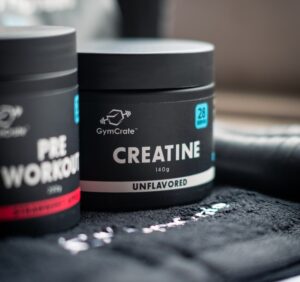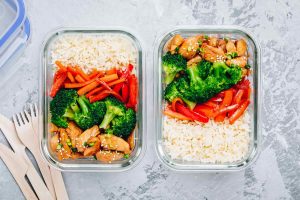
Guide To Fat Loss
Most people will want to lose some body fat at some stage in their fitness journey, whether it is a small amount to shape up or a significant amount as part of a bodybuilding prep. In this article, you will discover the fundamentals of what it takes to lose body fat, and how to incorporate these into your routine.
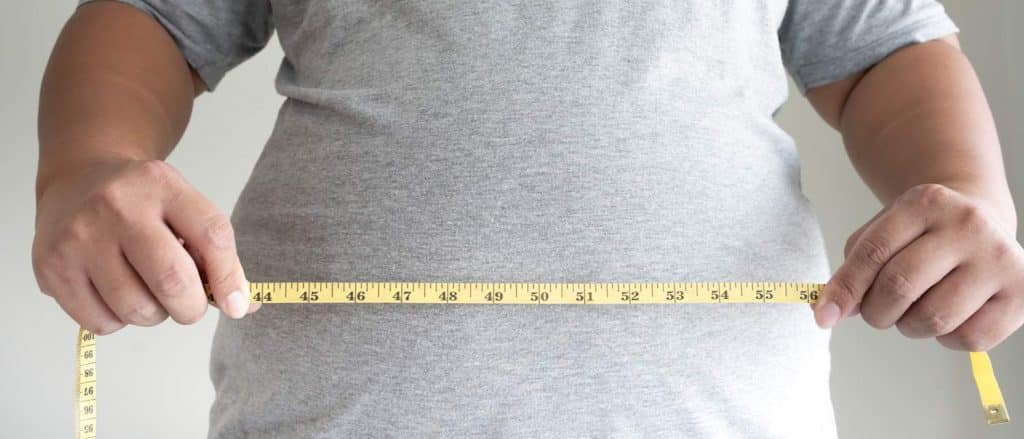
How to lose body fat
Losing body fat requires a calorie deficit. This either means lowering your calorie intake or increasing your calorie use through increased activity. Usually, it means a combination of both these things since it’s not realistic to keep dropping your calories as you’ll become hungry and unable to be consistent.
Calories in vs calories out
You will hear the phrase “calories in, calories out” used to explain the fundamental principle of energy balance. Your calories-in come from food and drink, and your calories out are burned through BMR (basal metabolic rate), TEF (thermic effect of food), PA (physical activity), and NEAT (non-exercise activity thermogenesis).
You can find more information about these topics in our guide on Calories and Macros.
When you want to lose fat, you need to widen the gap between calories-in and calories-out to create the important calorie deficit that will lead to fat loss.
How to burn more calories for fat loss
It is difficult to increase the calories you burn through BMR since BMR is largely dictated by your height, muscle mass, age, and other factors. You can slightly increase your BMR by adding more muscle mass over time.
The number of calories you burn through TEF is so small that it’s not worth trying to affect this number too much.
The best place to focus your “calories out” efforts is PA (exercise and training) and NEAT. NEAT includes all the activities you do outside of formal exercise and can mean things like walking, doing manual chores, standing up more, walking upstairs, and even fidgeting. By being more mindful about your everyday activity levels you can burn 100s of extra calories a day which will make a big difference to your fat loss.

How to cut your calorie intake for fat loss
The other side of the fat loss coin is reducing your calories from food and drink. It’s a good idea to do this gradually and to lower your calories by the smallest possible amount. As you lose weight, you will need fewer calories anyway (due to being in a lighter body). It makes sense to leave yourself room for manoeuvre.
Removing mindless calories
Most of us eat a lot of extra calories without even noticing it. Things like sauces, toppings, oils, and other liquid calories can really add up. Keep an honest food diary for a week to identify where excess or empty calories are and then work to get rid of these or reduce them.
Spreading out your meals
In terms of calories, meal frequency and timing makes no difference. But the frequency of your meals can make a difference to your hunger and satiety. Try eating regularly throughout the day (every 3-4 hours) to avoid getting too hungry.
Consistency with your diet and exercise
A calorie deficit is important, but it will only work if you stick to it consistently until you reach your goal. This is another reason to create the smallest possible deficit that will keep you making fat loss progress.
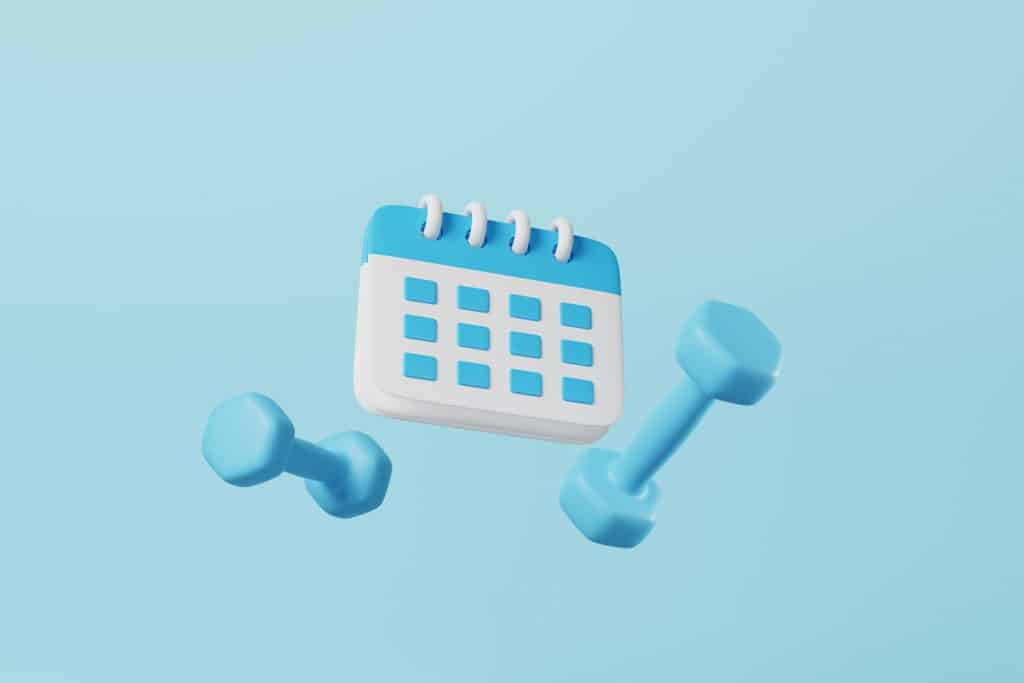
Increasing protein consumption
Protein has the highest TEF (thermic effect of food) of all three macronutrients. This means that your body needs more energy to break down protein and therefore reduces your total calories for the day. Protein is also more filling, meaning you’ll feel less hungry than eating carbohydrate-dense foods. This will become more significant as you get further into your fat loss journey as you need to keep the protein consumption high while reducing additional calories from fats and carbohydrates. You can use our quiz to determine an accurate amount of protein required for your body.
Using high-volume food choices
High-volume foods are a smart choice when you are dieting for fat loss. These foods and meals give you maximum food volume for minimum caloric load, so they will fill you up and help you feel satisfied. Good high-volume snacks include water-heavy fruit and vegetables like oranges, melon, cucumber, and bell peppers. High-volume meal choices include salads, stir-fries, healthy homemade soups, chicken breast and other lean meats, and most seafood and smoothies. Using a combination of these can help you feel full while cutting calories.
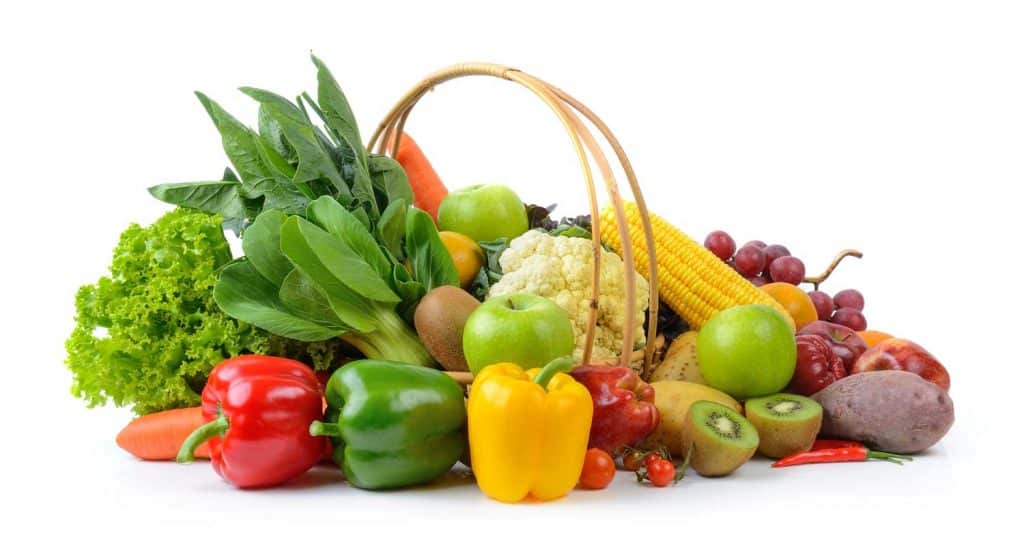
Good fat loss supplements
The use of fat-burner supplements is up for debate since they’re expensive and provide uncertain outcomes. An easy alternative is to use our protein powder, which will help you keep on top of your protein macronutrient goals without adding excess carbohydrates or fats. By using protein powder to help replace meals, you’ll reduce your total calories for the day, drive down hunger and ensure that you hit your protein targets.



